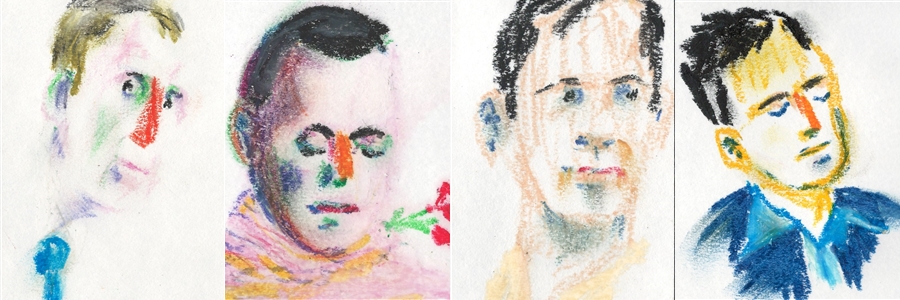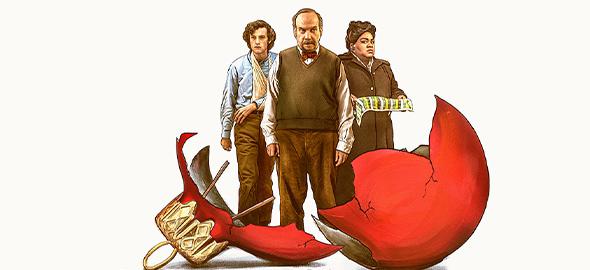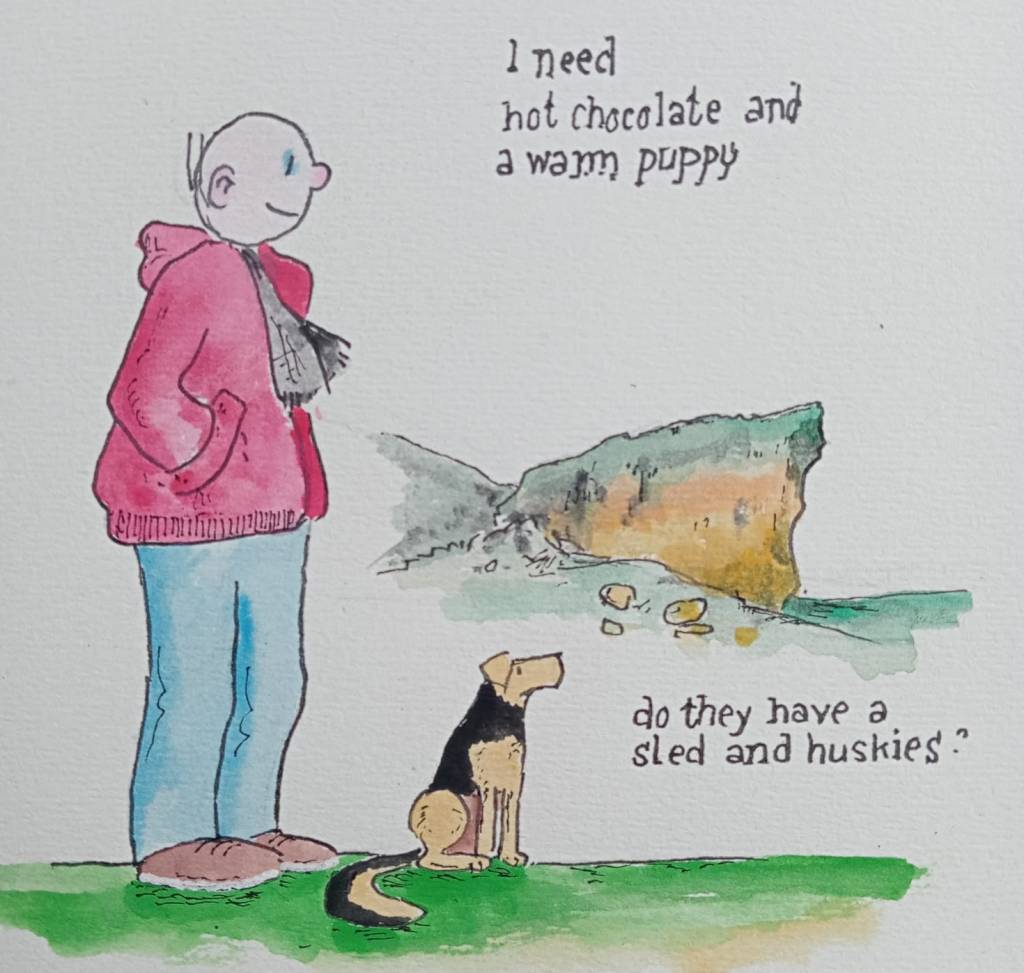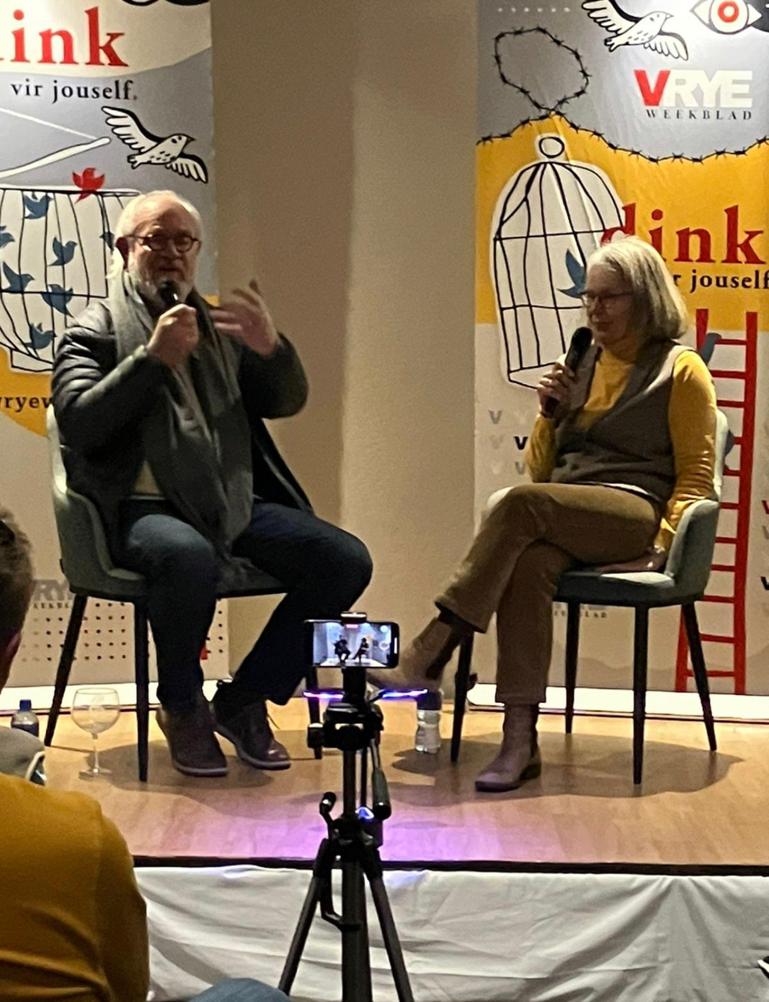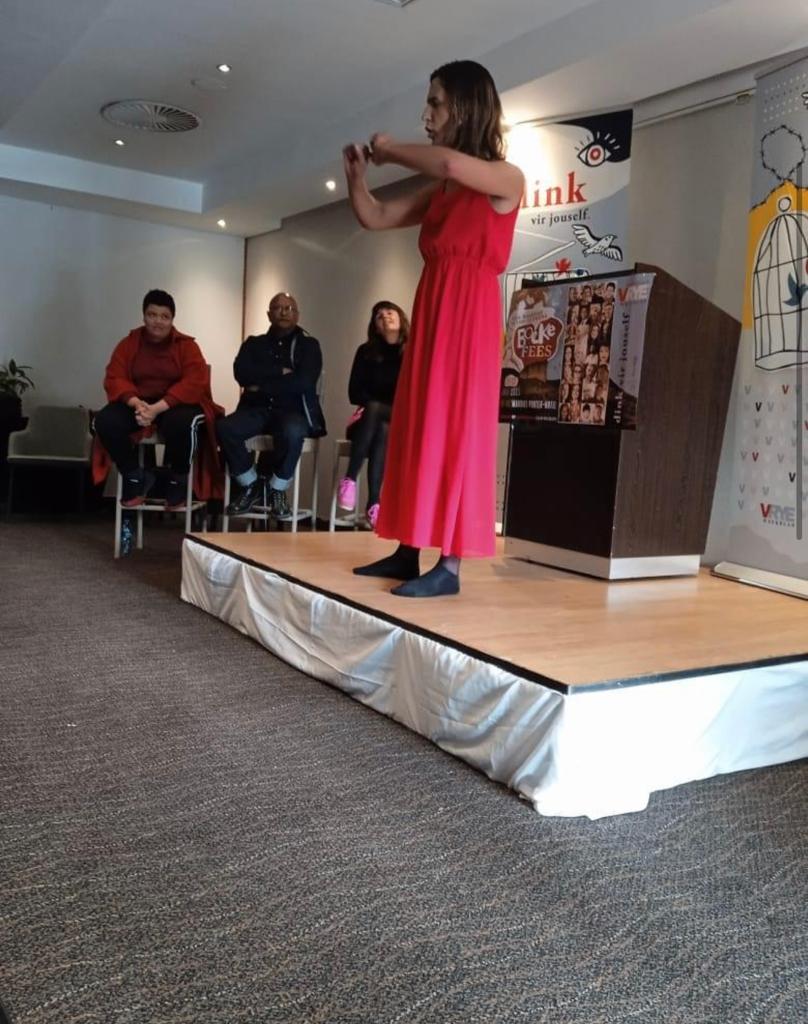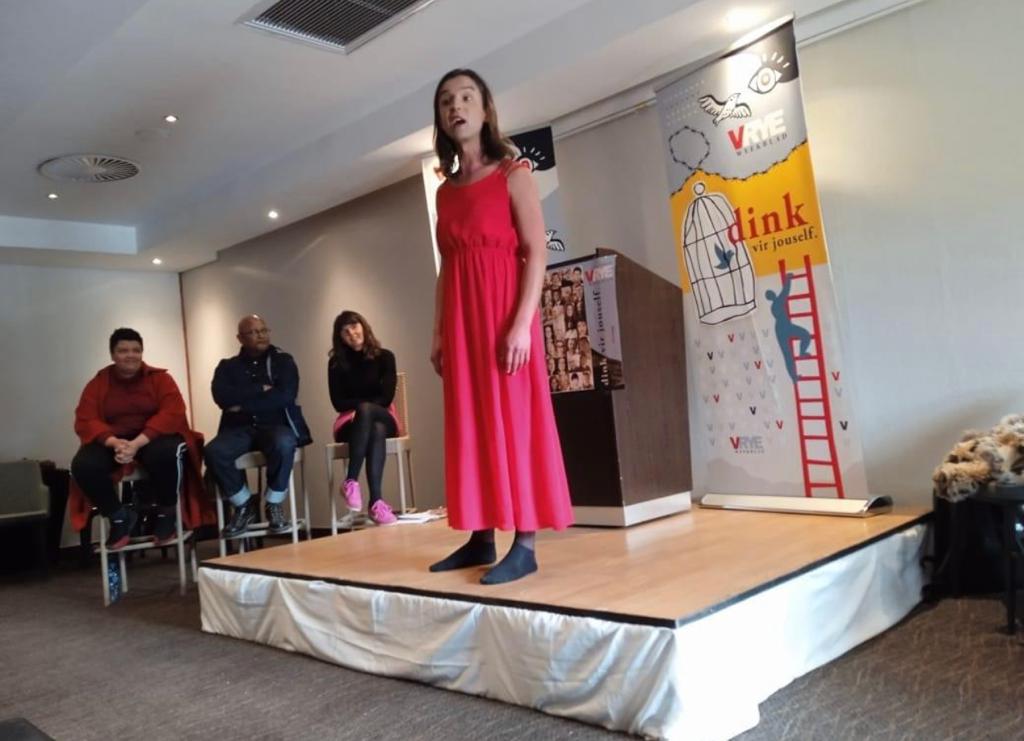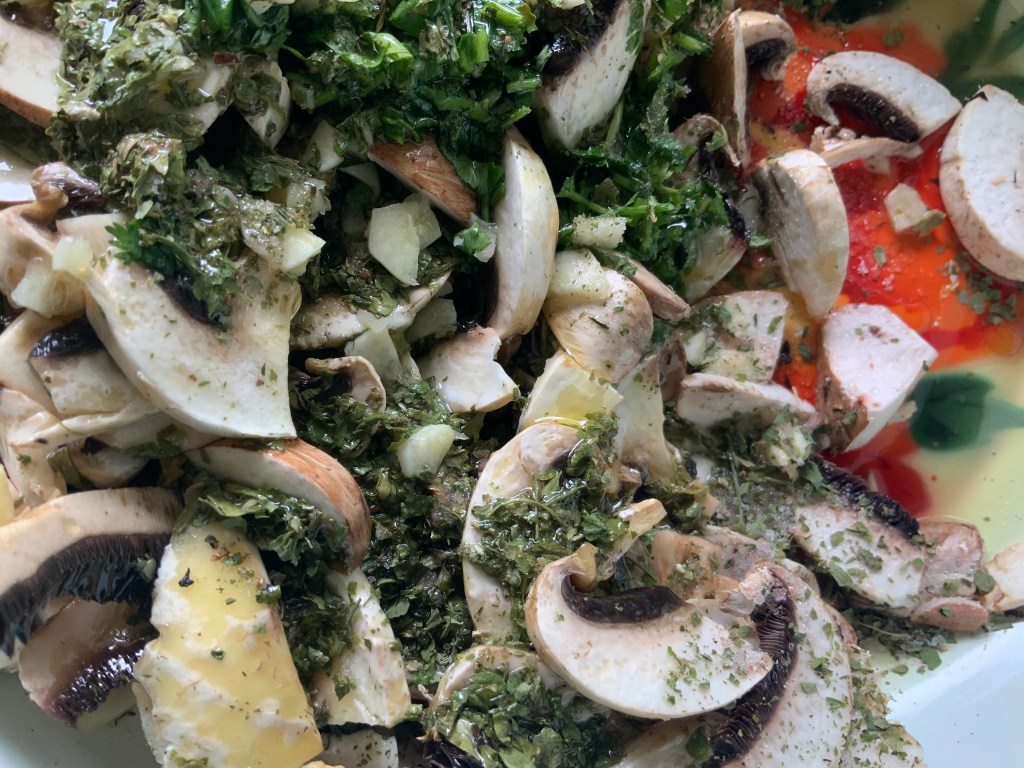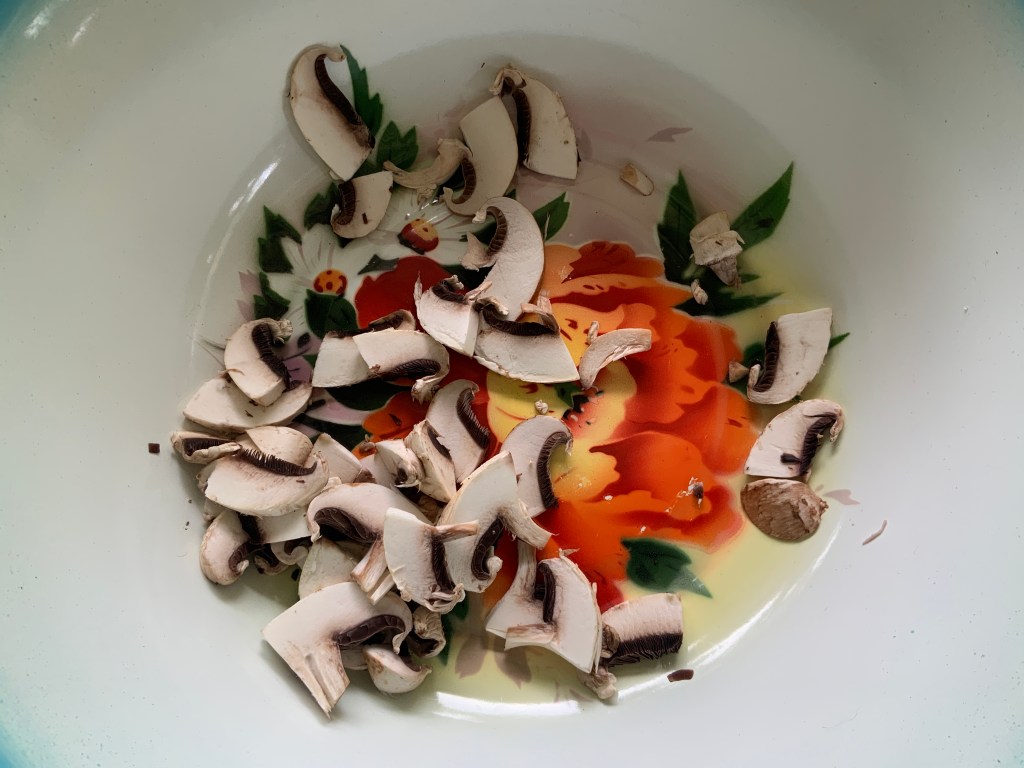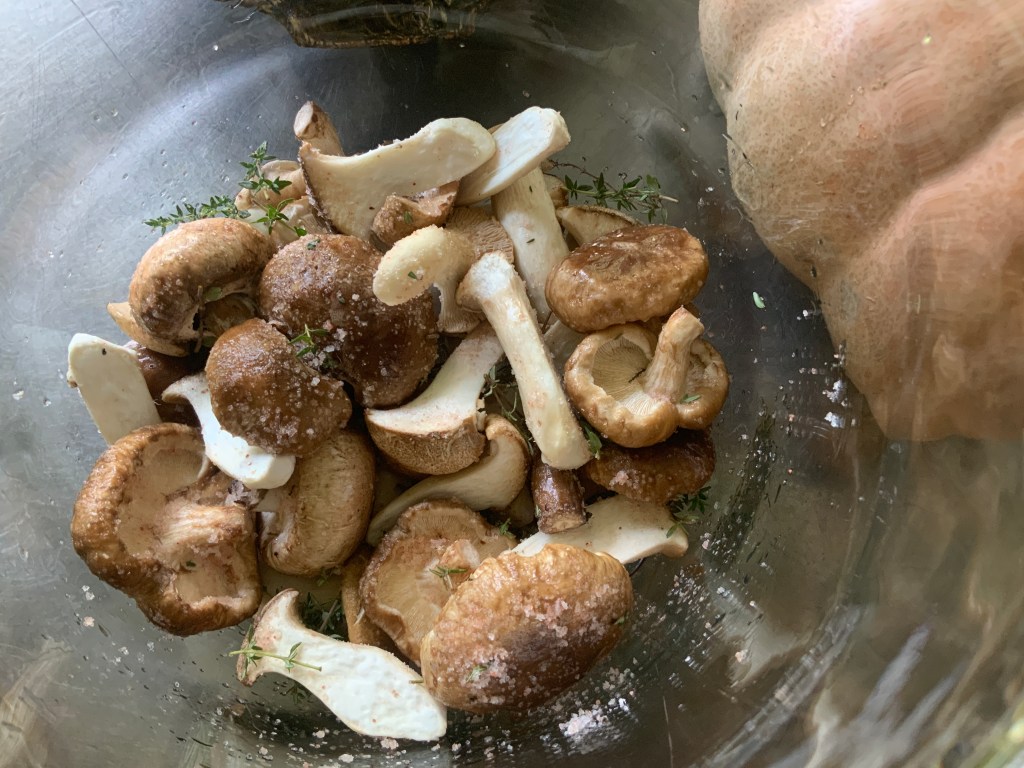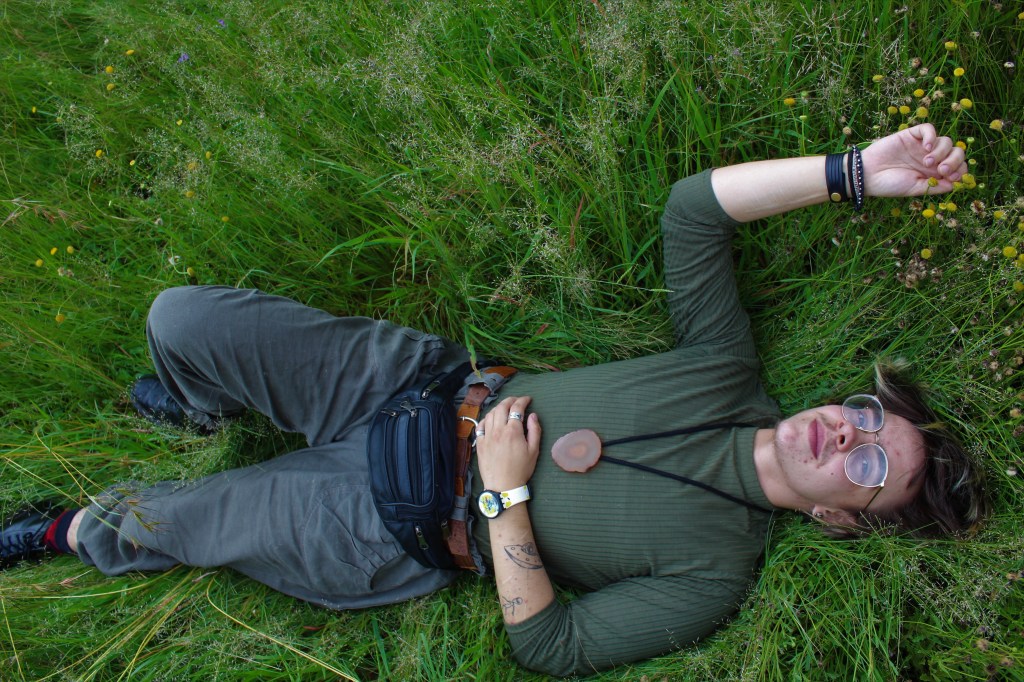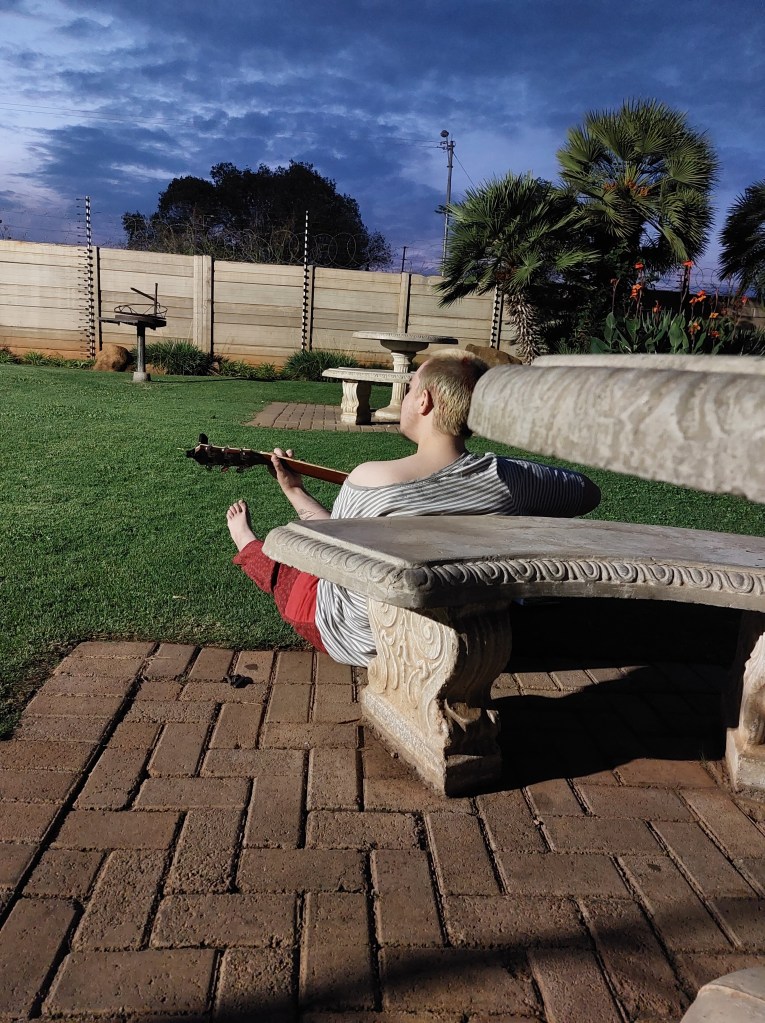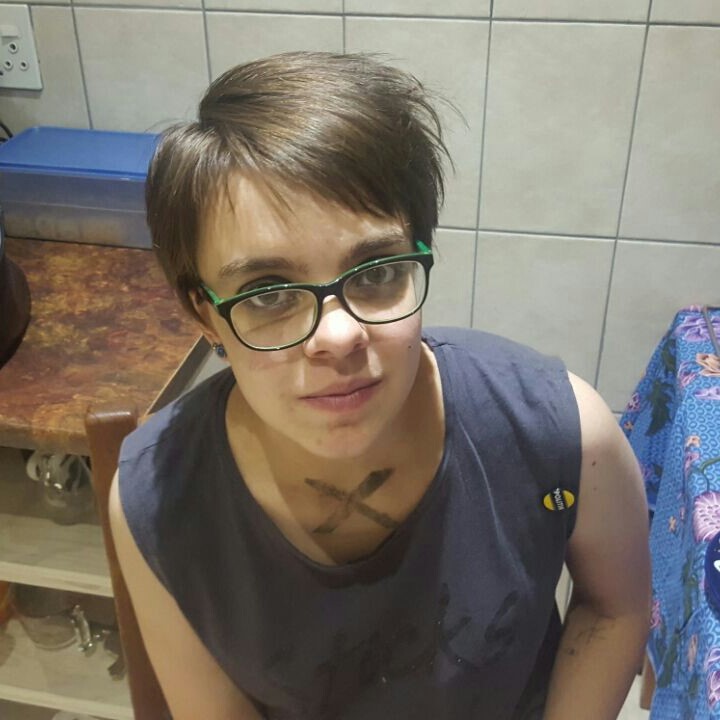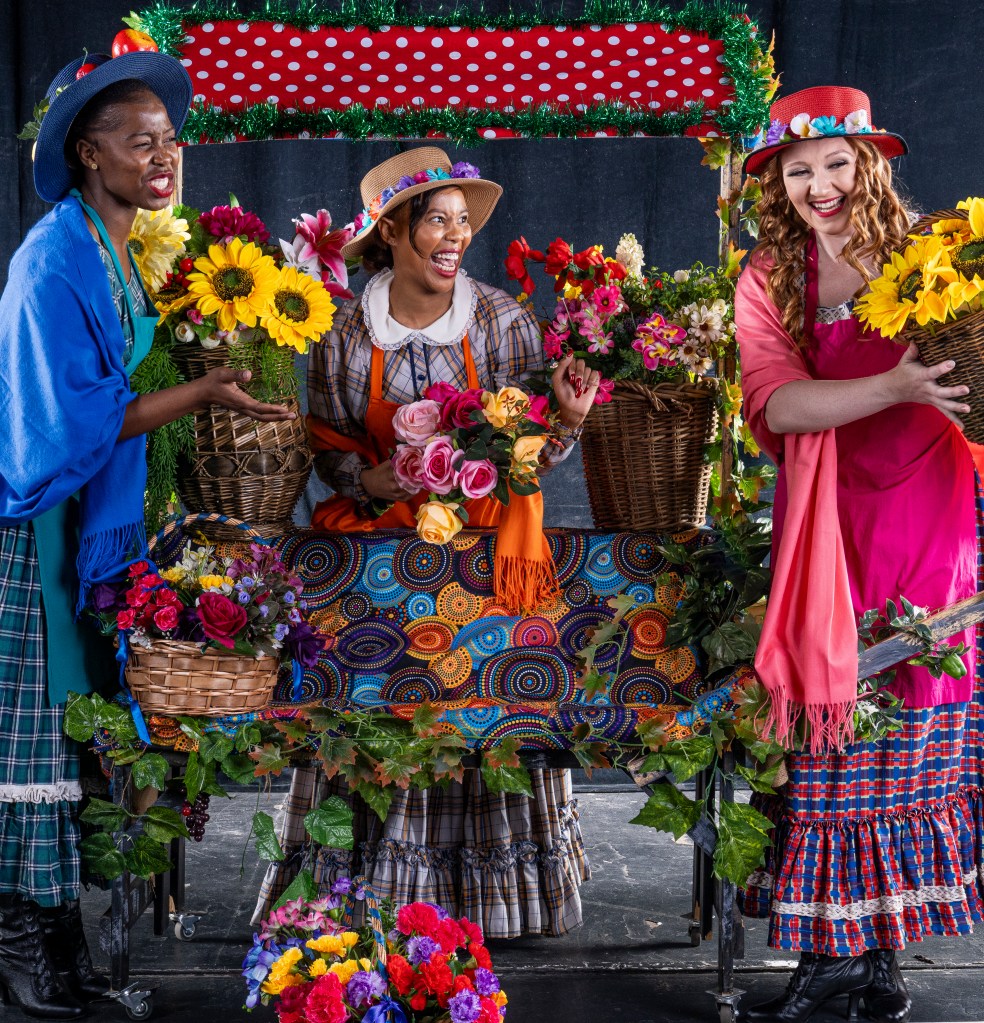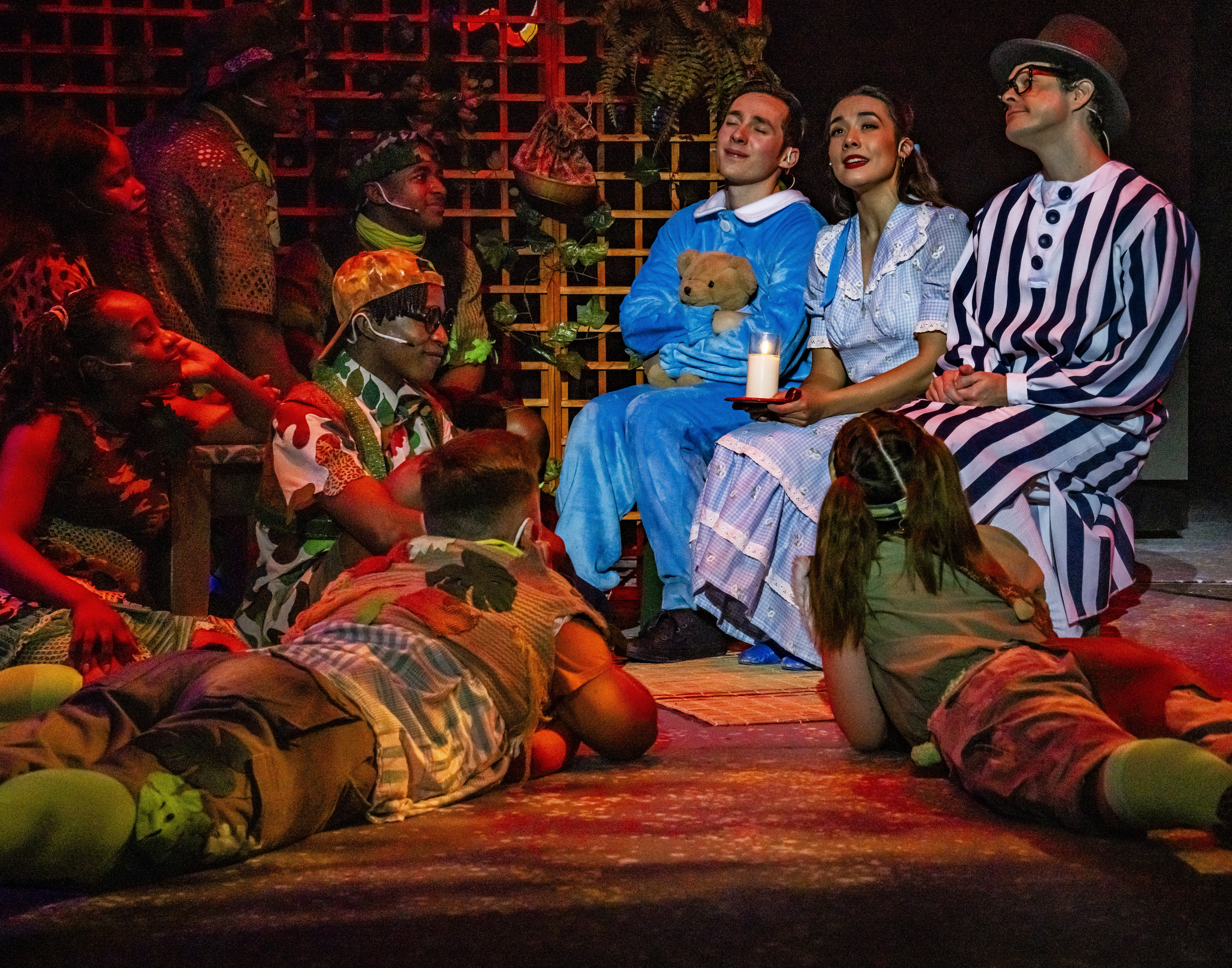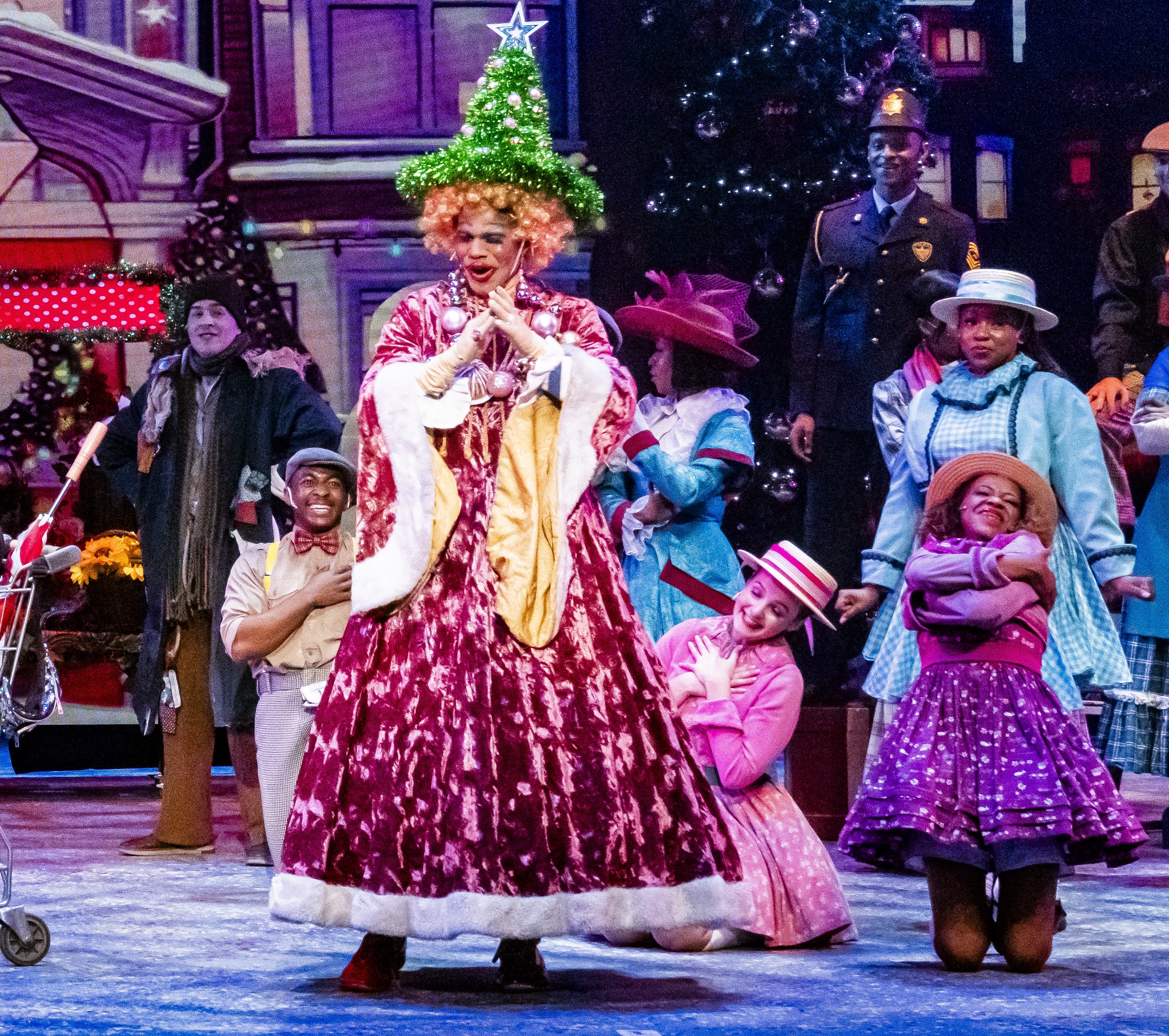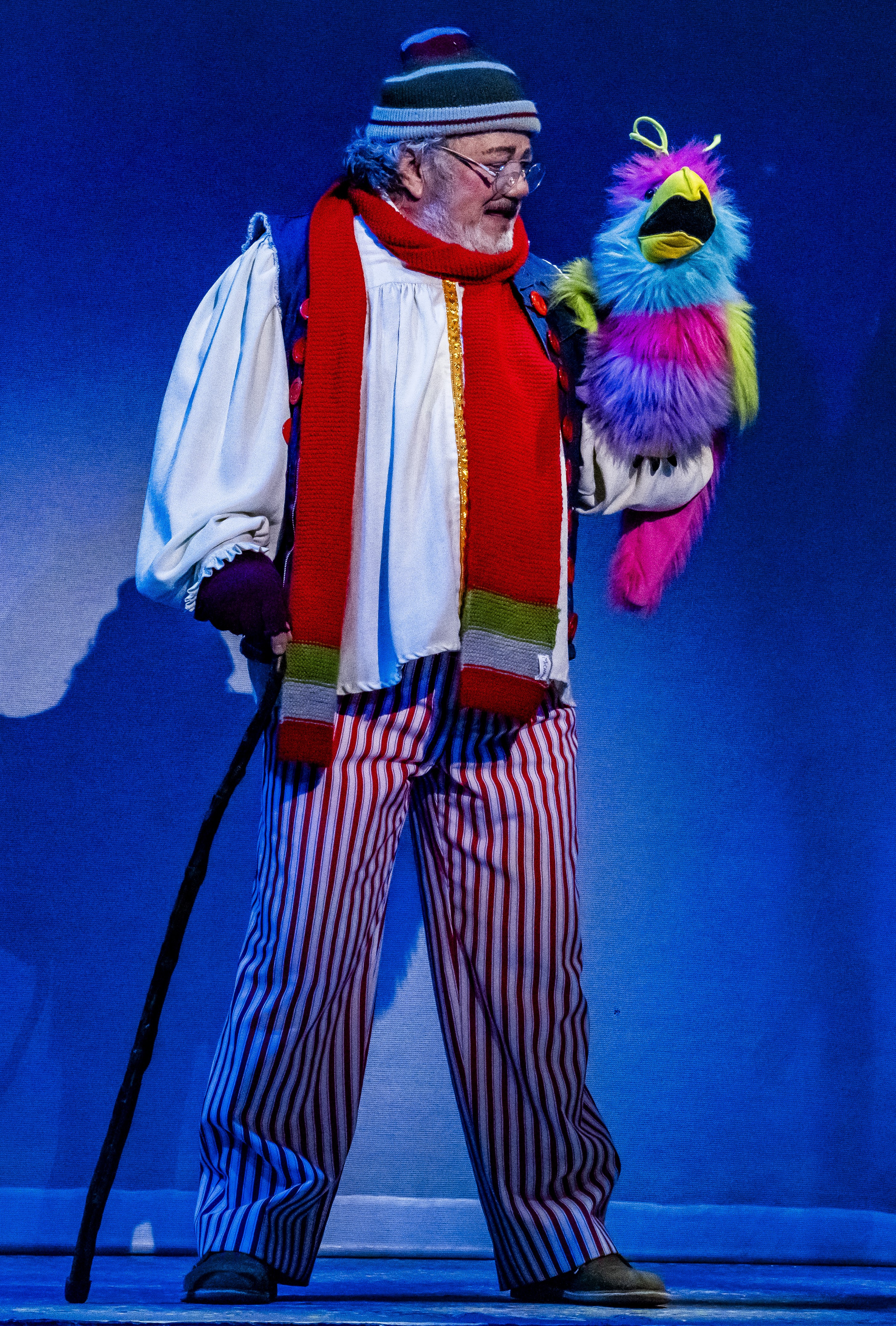Pictures: Daniel Rutland Manners.

DIANE DE BEER
EXPELLED
Expelled is described as a family drama which focuses on the largely ungoverned world of social media. Alex, a matric pupil at an elite school, gets caught up in a viral scandal and is suspended. Once shared, lives alter in seconds, what’s seen cannot be unseen. The ramifications for his family are profound.
Rosalind Butler’s new South African play
PRODUCERS: How Now Brown Cow Productions in association with The Market
DIRECTOR: Craig Freimond
CAST: Anthony Coleman, Charmaine Weir-Smith and Nicholas Hattingh
VENUE: Mannie Manim Theatre at the Market, Joburg
DATES: Until March 31. Performances will take place Wednesday to Saturday with evening shows at 7pm and matinees on Sunday and Saturday at 3pm. There will be additional schools’ performances at 11am on Thursdays during the run.

There are few people who won’t be aware of the devastation of social media on normal lives. We all know there’s the good and the bad but taking into account the recent banning by the US Senate of the Tik Tok app on government devices, the results are too often disastrous and, apart from this surprising development, with few guardrails.
It is with an eye on the pitfalls that Rosalind Butler wrote this play which Freimond had huge fun putting on stage and screen – which it lends itself to. If you want to know how to get younger audiences to theatre, this is it. You’re talking their language and the play offers the chance to play with different generations and their approach to social media.
With phones an additional accessory, few people can resist writing and sending off messages in abundance and often with more haste than hesitation, which would be a tool to keep in mind. Once you push that button, the harm’s done.


Parents: Charmaine Weir-Smith (right) and Anthony Coleman.
And in this version it’s all done in full colour and with the scenarios taking real issues which will cause havoc as they go viral. We’re living in a world where too many are completely unaware of the sensitivity of certain issues.
Families allow schools to dictate norms while these institutions see their roles as strictly educational, refusing to meddle with the morals of their young charges. It is a recipe for disaster, especially with all the tools available in today’s communication circus where everyone is encouraged to participate.
Butler’s text races off at breakneck speed, almost mirroring the record times messages are sent and read while disrupting and destroying lives. There’s very little chance of pulling back once the release button has been activated. And while we all know and understand the world we live in – fast and furious – we still don’t stick to the safety precautions.
It’s a topic that encourages a contemporary social media approach and Freimond with his cast go at it full tilt. Nothing has to be explained or embroidered because we all know the playing field with all its inviting yet often devastating intrigue.
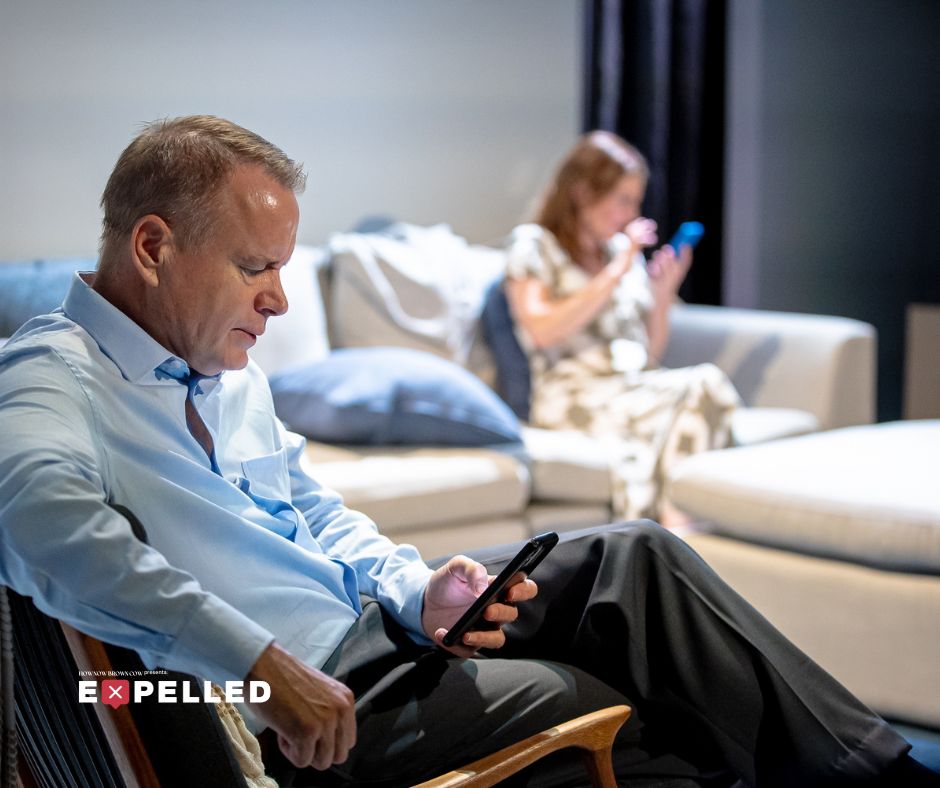
The cast is perfect as they play their characters and their often-vacuous natures to perfection – all at different tempo yet with a serious approach only possible in our deranged contemporary landscape that encourages these public meltdowns with humiliating outcomes. Weir-Smith’s mother and wife has captured a type we all recognise, so wrapped and isolated in her own tiny world, she’s completely unaware of the destruction she leaves in her wake.
In turn her husband (Anthonty Coleman) is blinded by his own importance, with his wife and son marginal figures in his corporate universe.
Their son (Nicholas Hattingh) is focussed on the love of his life with no understanding of the effect his public vitriol might have on his mostly invisible life.
We can all see the avalanche of disaster which will soon obliterate this family teetering on the edge already, but, fortunately because of the very nature of social media, many mini scenarios are being replicated all around them.
Because we’re all au fait with social media, it’s fun to witness something so familiar unfold as we recognise and might even have participated in similar scenarios. A good edit (a cut of approx. 15 minutes) would have avoided repetition and landed a near perfect play. It might come across as fun and games, but we all recognise that in many lives it could also be deadly serious.
